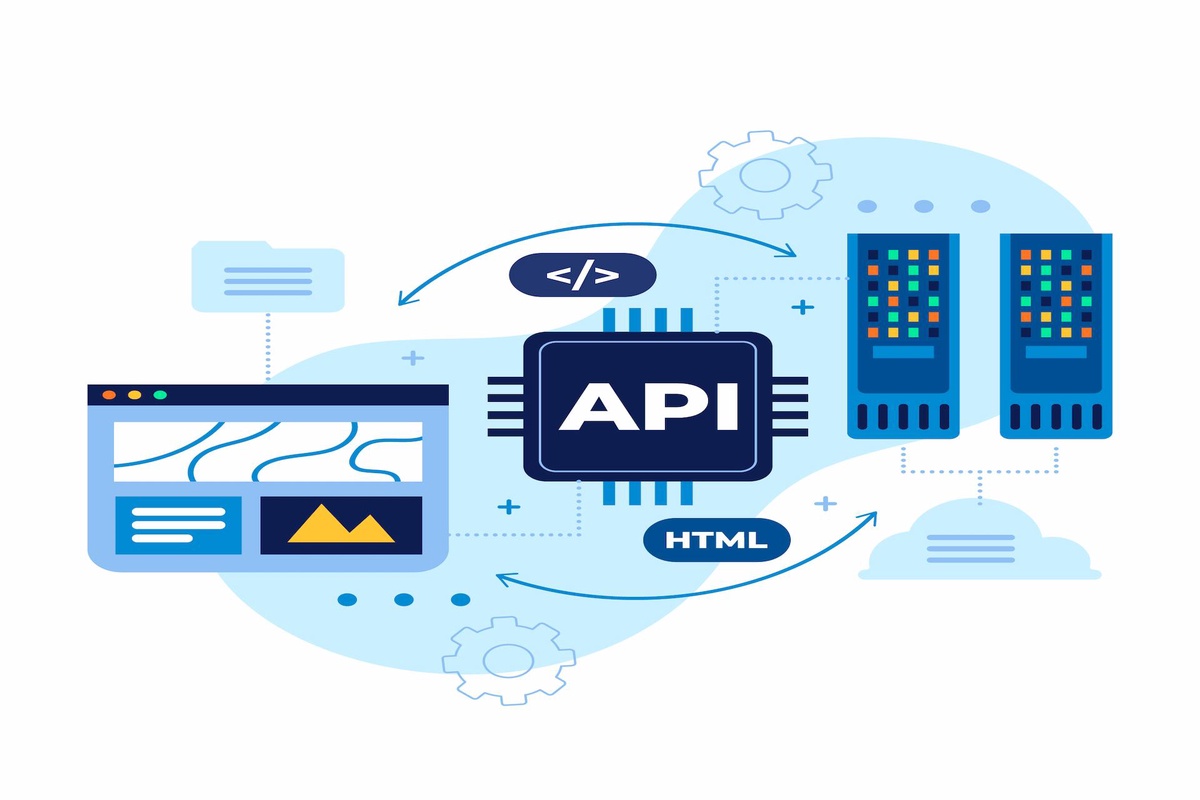In today's interconnected digital landscape, Application Programming Interfaces (APIs) play a pivotal role in enabling seamless communication and data exchange between disparate systems and services. However, as APIs become increasingly integral to modern software development, ensuring their performance and reliability is paramount. In this blog post, we'll delve into the world of API performance optimization, exploring key strategies and best practices to maximize the efficiency and responsiveness of your APIs.
Understanding API Performance:
API performance refers to the speed, responsiveness, and efficiency with which an API processes requests and returns responses to clients. Factors such as latency, throughput, scalability, and resource utilization all contribute to the overall performance of an API. Optimizing API performance involves identifying bottlenecks, reducing latency, maximizing throughput, and enhancing scalability to deliver a seamless and responsive user experience.
Key Strategies for API Performance Optimization:
Design Efficient APIs:
The foundation of API performance optimization begins with thoughtful design. Design APIs with simplicity, clarity, and efficiency in mind, ensuring that endpoints are intuitive, well-documented, and easy to understand. Use RESTful principles or GraphQL to design resource-oriented APIs that align with the natural patterns of data access and manipulation. Minimize unnecessary complexity and avoid over-fetching or under-fetching data to reduce latency and improve response times.
Optimize Data Transfer:
Efficient data transfer is critical for API performance. Minimize the size of data payloads by removing unnecessary fields, compressing data where applicable, and leveraging pagination and filtering mechanisms to limit the amount of data returned in each request. Use efficient data formats such as JSON or Protocol Buffers for serialization, and consider implementing caching mechanisms to reduce the need for redundant data retrieval.
Implement Caching:
Caching is a powerful technique for improving API performance by storing frequently accessed data in memory or on disk for faster retrieval. Implement caching at various levels, including server-side caching, client-side caching, and content delivery network (CDN) caching, to reduce latency and alleviate strain on backend systems. Use cache control headers and caching directives to control caching behavior and expiration policies effectively.
Scale Horizontally:
Scalability is essential for handling increased traffic and load on your APIs. Design your API infrastructure to scale horizontally by adding more instances or replicas of your API servers as demand grows. Use load balancers to distribute incoming traffic evenly across multiple server instances, and implement auto-scaling policies to dynamically adjust server capacity based on workload metrics such as CPU usage or request throughput.
Monitor and Analyze Performance:
Continuous monitoring and analysis are critical for identifying performance bottlenecks and optimizing API performance over time. Implement robust monitoring and logging solutions to track key performance metrics such as latency, throughput, error rates, and resource utilization. Use tools like Prometheus, Grafana, or Datadog to visualize performance data and set up alerts for anomalous behavior or performance degradation.
Conclusion:
API performance optimization is essential for delivering fast, reliable, and efficient API experiences to users and clients. By following the strategies and best practices outlined in this guide, you can identify opportunities for improvement, optimize key performance factors, and ensure that your APIs meet the demands of today's interconnected world. By prioritizing performance optimization, you can enhance the scalability, responsiveness, and overall user satisfaction of your APIs, driving success and innovation in your software projects.


No comments yet